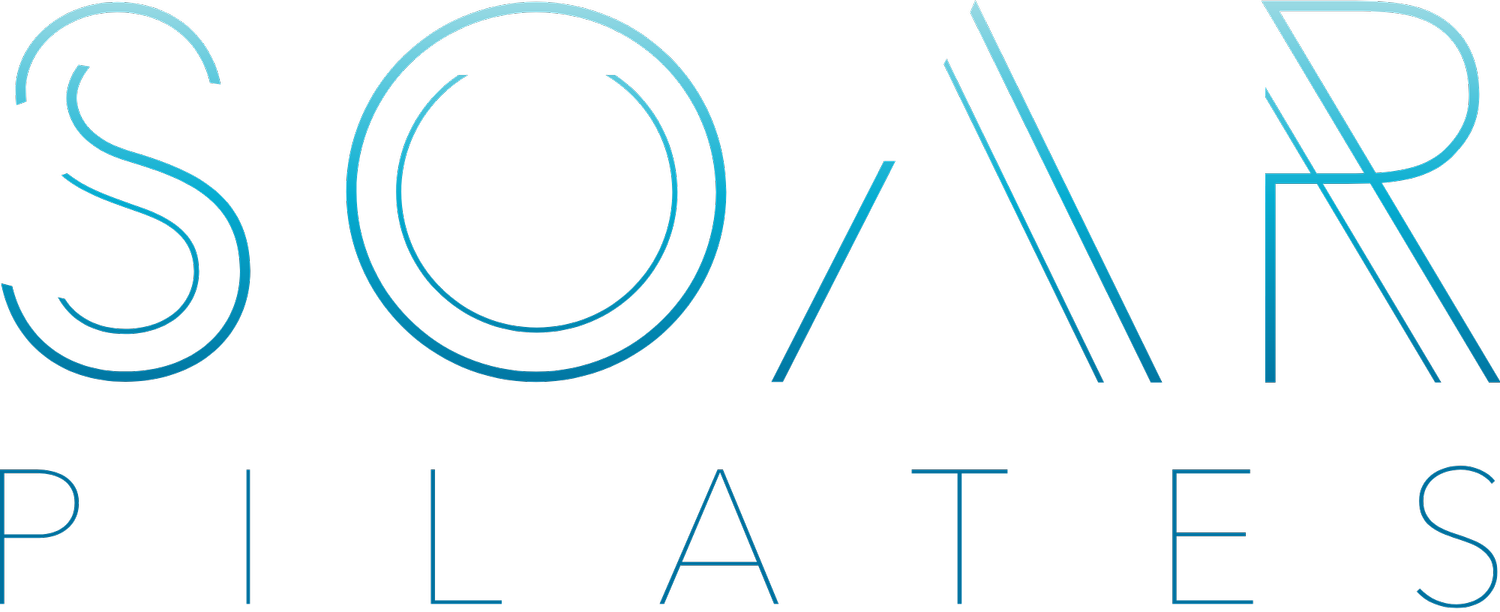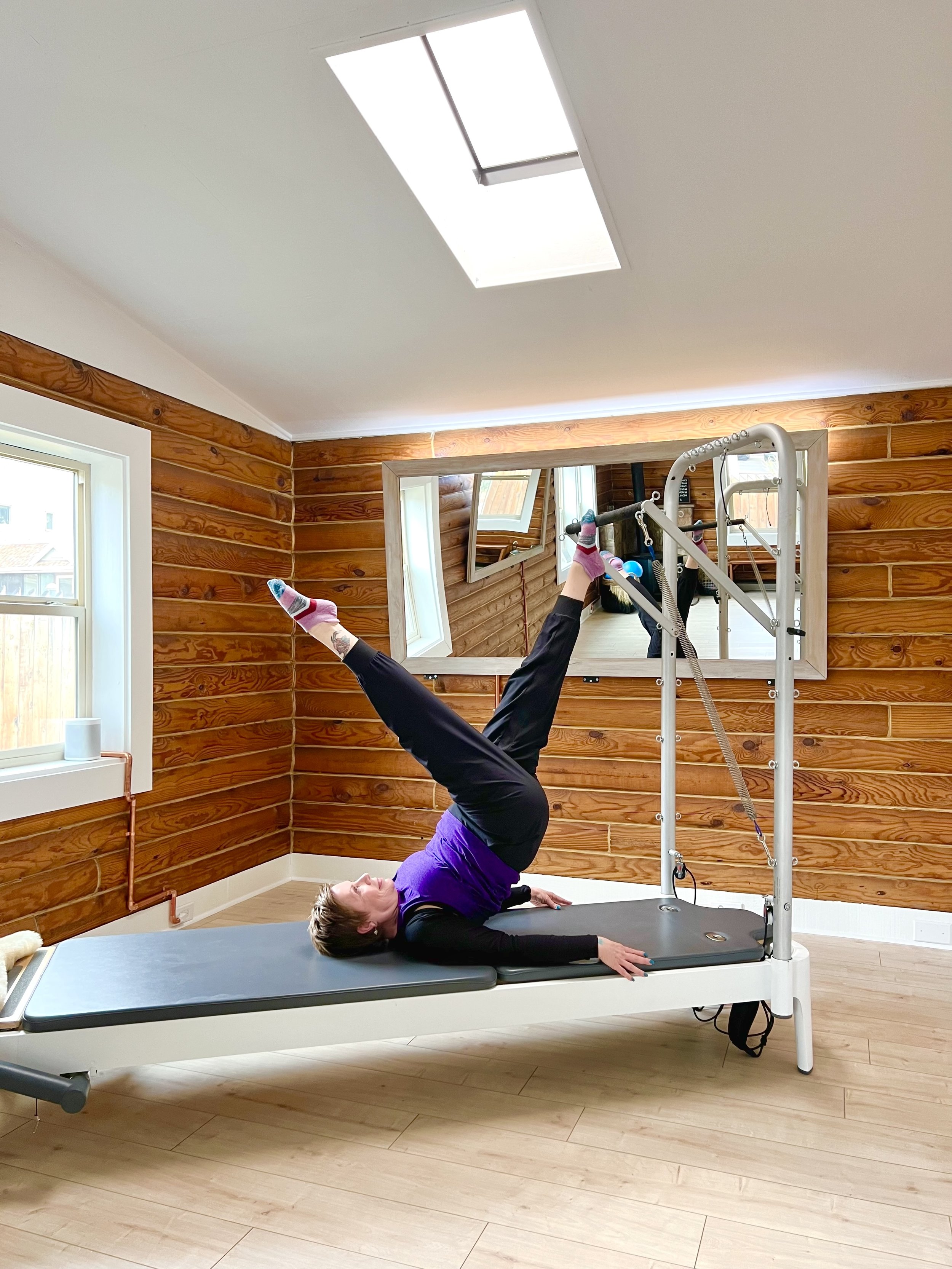Balance Continued—Tips to Finding Balance in Movement
In the last issue I discussed two different types of balance — Static and Dynamic and how finding balance is such an integral part of movement and aging.
In Pilates one of the main principles for the exercise is balance and something we focus on in every class. Sometimes we are directly working on dynamic balance where we are performing an exercise such as a lunge and moving our body from an upright posture to extending one leg behind us while lowering our center of gravity and reaching our arms overhead.
Other times we might be focusing more on static balance where we might be low in a lunge pose and just holding working on the smaller stabilizing muscle groups.
And often we are working on finding both dynamic and static balance together where perhaps we are doing an arm exercise where they are in motion but our torsos and lower half of the body remain completely still which is very challenging and great work for the core!
We often give tips or cues to our clients throughout class in order to assist them in finding balance so they are able to achieve any exercise to the best of their ability. I thought I would share these tips with our readers as these are simple tactics you can integrate into any workout routine you may take part in or even at home.
Touch - Balance is a sensory experience so when we add light touch or some gentle tactile feedback while performing an exercise it in turn gives us the confidence that we have a grounding point and allows our sensory nerves to settle.
Focus - again going back to our senses our eyes focused on something stable allows us to settle nerves and concentrate on the movement.
Breath - something that seems so natural and intuitive often gets forgotten and we see clients instead holding their breath which is sending singles to our body that we are in danger. It might seem silly but if you allow yourself to breathe through the movement it allows again our mind and nervous system to calm down so we can focus on what we are doing. It also helps us to connect to our powerhouse (our core) which will then engage and stabilize our center of gravity.
Tension - finding gentle tension by pressing perhaps your palms together in a prayer like posture will stimulate the core to engage and contract which also contracts your fascial tension (a web of connective tissues that surrounds and holds every organ, blood vessel, bone, nerve fiber and muscle in place).
Try to remember these simple tactics the next time you are performing movement and see how you do!

